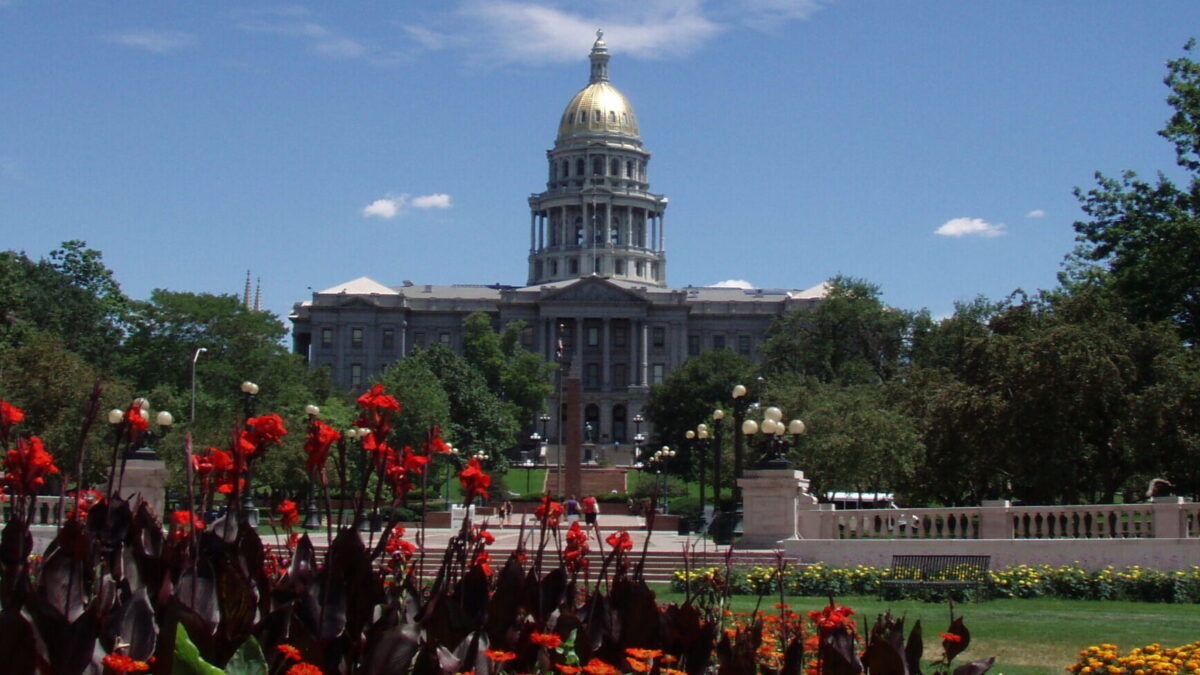Three days before the Independence Day holiday, the Congressional Budget Office issued a report showing our country’s financial de-pendence. The report, an update to the CBO’s publication analyzing the federal budget and economic outlook, highlighted the effects of rampant congressional spending—both now and for years to come.
Last Thursday’s document didn’t go into full detail on CBO’s projections for economic growth over the next decade. A fuller document, scheduled for release on July 21, will provide additional color and context. But even the topline numbers released thus far show the nation’s precarious financial condition. Here’s an overview of what it said.
Skyrocketing Deficits
The CBO now predicts a federal deficit of just over $3 trillion—that’s $3,003,000,000,000—for the current fiscal year alone. Both in raw terms and as a percentage of gross domestic product (GDP), the deficit stands second in the postwar era, behind only last year’s totals. Also, for the second year running, the federal government will spend nearly twice as much money as it takes in in revenue.
Over the course of the coming decade, the federal government will incur deficits of $12.1 trillion. By the end of the ten-year projection period, Washington will run a projected deficit of nearly $1.9 trillion in 2031. This $1.9 trillion deficit includes a major tax increase on all Americans, because the lower individual income tax rates from the Trump relief package are scheduled to expire at the end of 2025 under current law.
It does not include the effects of any additional spending Democrats may pass later this year as part of their “infrastructure” plans. In other words, a deficit of “only” $1.9 trillion under CBO’s current-law assumptions might appear optimistic to many fiscal observers.
High Debt Levels
Lest anyone think that America’s poor fiscal situation came about solely because of COVID, CBO rightly points out the deficit “was already large by historical standards before the pandemic.” Whether to lower taxes (Republicans) or create new programs (Democrats), politicians in neither party have shown themselves willing to make hard choices that reduce spending, causing the deficit to grow and grow.
As a result of those deficits, CBO now projects that the national debt will exceed the size of the nation’s economy by the end of this fiscal year—just three short months away. CBO also helpfully notes that “as recently as 2007, the start of the previous recession, federal debt equaled 35 percent of GDP,” meaning the debt has roughly tripled over the past 15 years.
Interest Costs Rising
With deficits and debt rising ever-higher, interest costs become the sleeper issue for the federal government. CBO projects that by 2031, Washington will spend nearly $1 trillion per year—or more than 10 percent of the federal budget—just paying the interest on bills it incurred years (or decades) previously. Also, this assumption depends on interest costs remaining stable, with the Treasury Department able to borrow money for a decade at the comparatively low rate of 3.2 percent.
Our failure to control federal spending over so many years could lead the American economy into a “debt trap.” On the one hand, if the Federal Reserve keeps interest rates low—monetizing the debt to help the federal government pay its bills—that would tend to fuel inflation. But raising rates to combat rampant inflation—a regressive tax on the poor, remember—risks the federal debt becoming unsustainable, and increases the risk of a debt crisis.
Therein lies the sobering message of last week’s CBO report. By spending more than we could afford for decades and failing to right-size entitlement spending before the Baby Boomers began retiring, we have significantly reduced our nation’s fiscal room for maneuver.
Because of these past mistakes, another crisis like COVID could push our country over the proverbial debt cliff. Instead of finding ways to increase federal spending by $4-6 trillion, the Biden administration should instead examine ways to reduce projected future deficits by at least that amount.









